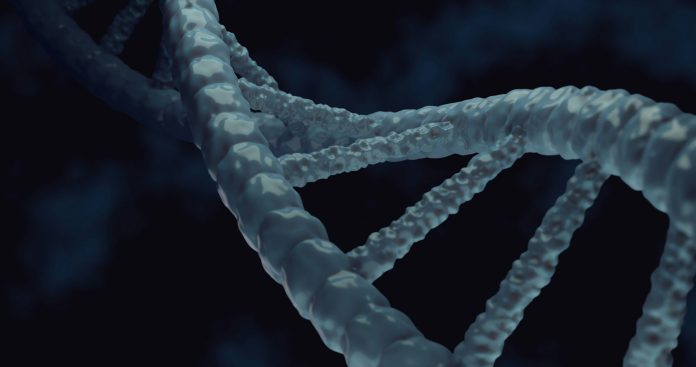The recent bankruptcy filing of 23andMe has sent ripples through the biotech and DNA-testing sectors, raising alarms for investors and industry stakeholders. Once a dominant force in consumer genetic testing, 23andMe’s collapse underscores the ongoing challenges in turning genetic insights into a sustainable and profitable business model.
However, this downturn wasn’t entirely unforeseen. According to alternative data provider AltIndex.com, warning signs had been present as far back as 18 months ago. The platform’s early indicators pointed to declining sentiment, shrinking user engagement, and weakening financial fundamentals—yet few heeded the signals in time.
As market confidence shakes and competitors reassess their strategies, the fall of 23andMe serves as a cautionary tale for the entire industry.
AltIndex’s AI Score Gave a Clear Warning Long Before the Market Reacted
Despite its groundbreaking approach to DNA testing, 23andMe (ME) has long struggled with declining consumer trust, mounting legal troubles, and data breach scandals, ultimately leading to its bankruptcy.
On March 24, 23andMe officially declared bankruptcy, and Co-founder Anne Wojcicki stepped down as CEO after multiple failed attempts to take the company private. While the company’s financial downfall raises alarms for the direct-to-consumer DNA industry, sparking debate over privacy, security, and sustainability, the signs of trouble had existed for much longer.
Back in August 2023, AltIndex issued a sell signal on 23andMe, warning that the company’s trajectory was looking increasingly bleak. While many investors continued to hold onto hope for 23andMe, the platform`s algorithm spotted several red flags across key alternative data indicators.
The company’s web traffic had been steadily declining, signaling a loss of consumer interest. Social media engagement also dropped, showing reduced brand visibility and consumer reach. Employee sentiment, too, showed a sharp downturn. Each of these signals on their own might not seem disastrous. But when they all move in the wrong direction at the same time, it tells a much bigger story. This resulted in an extremely low AI score of only 19 points, triggering a strong sell signal.
At the time of the AltIndex alert, ME stock was trading at $29 per share. Today, the stock is down over 97%, trading at just 65 cents after plunging more than 50% in a single day.
Investors Who Sold in August 2023 Protected Their Capital
The 23and Me case is a perfect example of how traditional metrics, like revenue and earnings, often fail to reflect real-time changes captured by alternative data. By the time quarterly reports are released, it’s usually too late for investors to make the best move.
Investors who acted on AltIndex’s sell signal in August 2023 and exited at $29 per share saved most of their capital. Those who bet against the stock or bought options could have made significant profits as ME stock dropped below $1.
The 23andMe case again shows the power of alternative data and AI-driven trading strategies, helping investors make faster decisions and reduce risks in volatile markets. In fact, this approach led to the highest returns for one in four investors last year.



 Bitcoin
Bitcoin  Ethereum
Ethereum  Tether
Tether  XRP
XRP  Solana
Solana  USDC
USDC  Cardano
Cardano  TRON
TRON  Lido Staked Ether
Lido Staked Ether  Avalanche
Avalanche  Toncoin
Toncoin